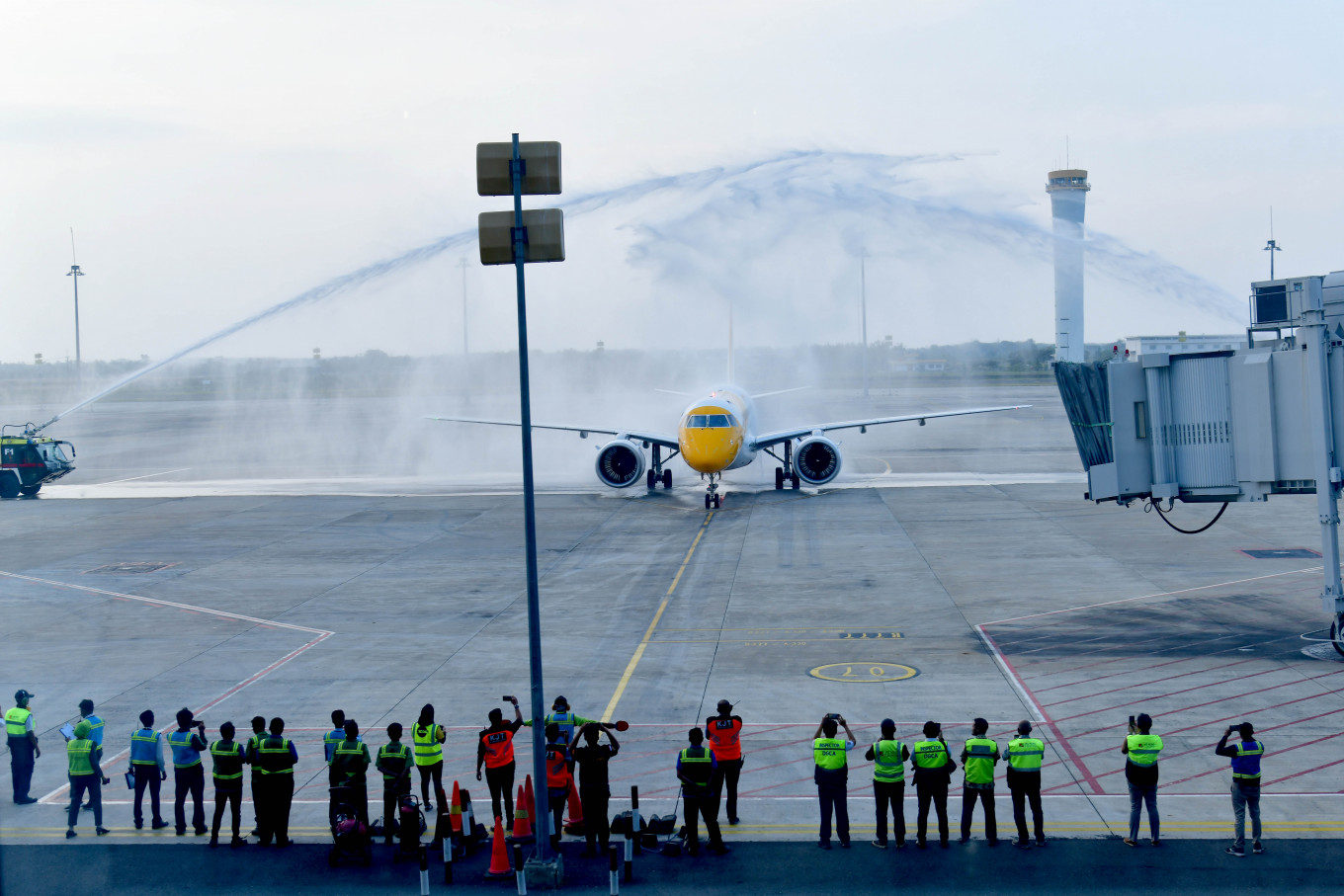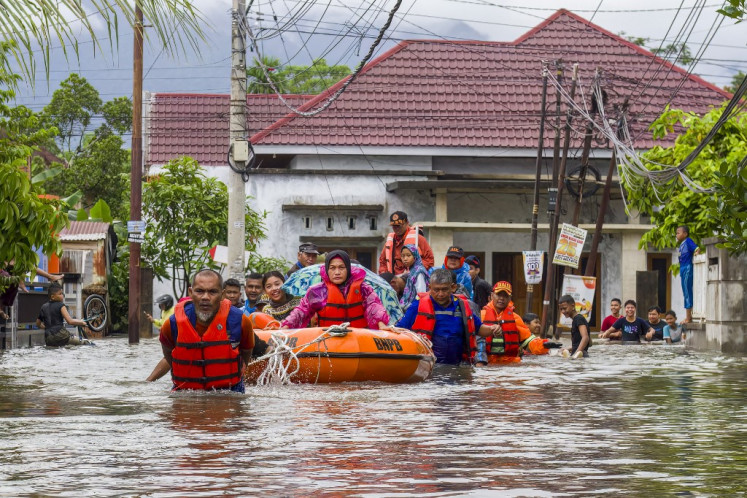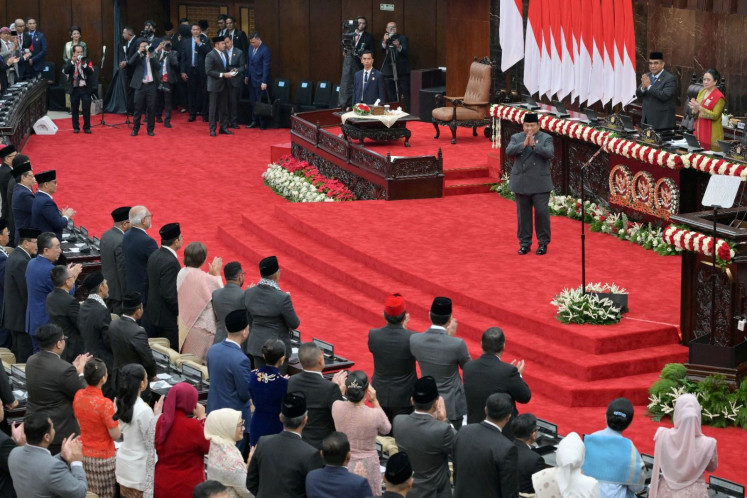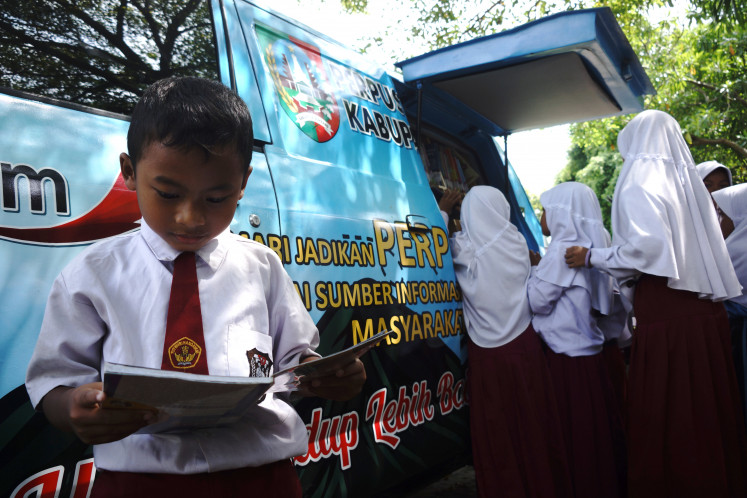Popular Reads
Top Results
Can't find what you're looking for?
View all search resultsPopular Reads
Top Results
Can't find what you're looking for?
View all search resultsMaking Kertajati airport work: A test of political will
While political and institutional hurdles remain, strong political will and coordinated action can turn Kertajati into a viable gateway for West Java, Indonesia’s most populous province.
Change text size
Gift Premium Articles
to Anyone
S
tarting Aug. 1, commercial flights from Halim Perdanakusuma Airport (HLP) in East Jakarta will begin shifting to Soekarno-Hatta International Airport (CGK) in Tangerang, Banten. Quietly announced in mid-July, the policy came with limited details. Media coverage simply noted that Batik Air (Lion Air Group) and Citilink had agreed to relocate.
Yet behind this move lies a broader ambition: to revive Kertajati International Airport (KJT) in Majalengka, West Java, which has seen no domestic jet operations since June.
A senior official at the Transportation Ministry confirmed that the move, targeted for completion by the end of 2025, aimed to realign West Java’s aviation map. Closing HLP removes the most convenient option for Greater Bandung flyers who still favor HLP, thanks to connection via the Whoosh high-speed rail, forcing airlines and passengers alike to reconsider Kertajati, especially now just one hour away via the new Cisumdawu toll road.
Kertajati was initially positioned to absorb air traffic from Bandung following the closure of jet services at Husein Sastranegara Airport (BDO) in October 2023, coinciding with the Whoosh debut. The anticipated shift never materialized. Instead, KJT has withered with daily passenger count hovering between 600 and 1,800 at its peak, according to the Transportation Ministry’s December 2024 data.
Even incentives like waived landing fees failed to keep airlines committed. From three local airlines serving domestic routes and two foreign airlines operating flights to Singapore and Kuala Lumpur, today, KJT survives almost solely on seasonal haj charters. Scoot remains, reportedly only to retain its CGK slots.
Administrative decisions alone, such as closing HLP, will not bring KJT back to life. The airport boasts international-grade infrastructure and a strategic location in Indonesia’s most populous province. But infrastructure without alignment yields no impact. What Kertajati needs is coordinated action across government and industry.
Discussions with policymakers, academics and aviation industry insiders converge on a central insight: Kertajati’s revival hinges on synchronized action by three key actors. The West Java provincial administration (as owner), the private sector (as operators and users) and the central government (as regulator) must take aligned steps to deliver short-term, high-impact results, while laying the groundwork for long-term strategies already under consideration such as transforming KJT into a maintenance, repair, overhaul (MRO) and cargo hub and integrating it with other transportation modes, especially rail.



















